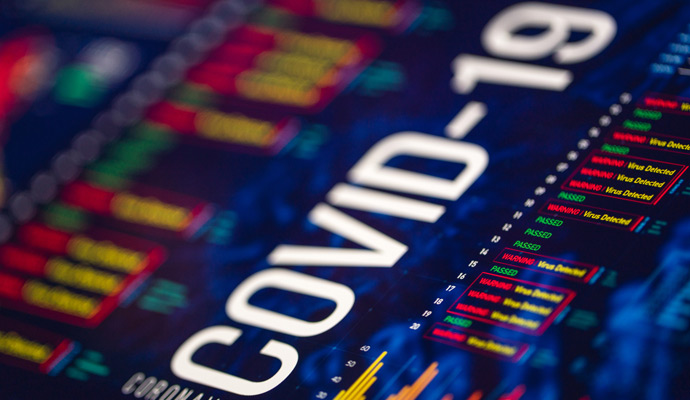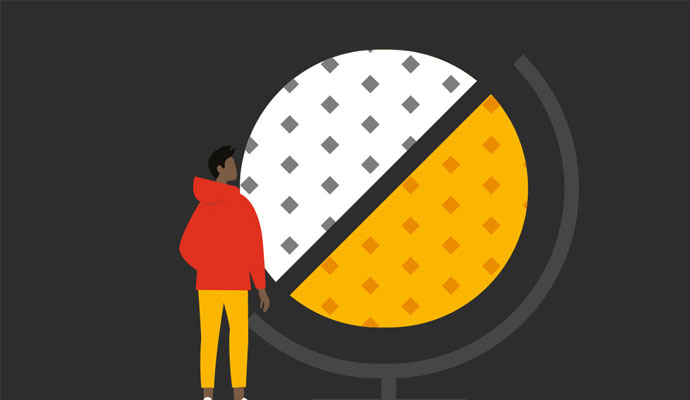COVID fatigue is real, but don’t let it disrupt your recovery plans
The prospect of a return to a more normal world in 2021 should spur leaders to learn the lessons of 2020.
The COVID-19 crisis has now become, for better or for worse, “business as usual.” Despite the recent increase in cases in many parts of the world, the prospect of a vaccine becoming available in 2021 is quite rightly improving people’s outlook for the future. Over the last many months, we adjusted, cut costs, went remote, implemented new technology, bought sanitizer and masks, and reworked supply chains. And now we can start to make plans for a world that is not constrained by a pandemic.
One response we’ve noticed during the pandemic, however, is a new kind of corporate fatalism about future crises that we’d warn against. COVID-19 blindsided even many of those who thoughtfully engage in enterprise risk management (ERM). Their reaction: “What’s the point?” Much risk planning, the thinking goes, was irrelevant for COVID-19 and may continue to be in today’s uncertain world. Wouldn’t it be better just to focus on agility?
A successful business will have to do both. Studying the past to quantify and mitigate future risk is critically important, but this type of traditional ERM is most effective when paired with well-thought-through crisis preparedness, cyber resilience, and business continuity planning. There is simply no substitute for having a team that is prepared to rise to the challenge when the unexpected occurs.
We outlined seven key actions to take in a crisis in March to respond to COVID-19 and followed that up with what to do next. Looking back now, it’s clear that companies that prepare — and keep their preparation current — do better when faced with the unexpected.
Leadership plus agility
The best performers took control of the COVID-19 crisis quickly. They had a strong leader and a C-suite team capable of collaborating at warp speed, even when they had no clear playbook for ensuring the safety of their people, getting laptops ordered and distributed, or sorting out the supply chain. They succeeded because they had practiced for a crisis or had experienced one before and trusted one another.
Others were less prepared. Bickering in the boardroom at one company delayed key decisions. In another, leadership didn’t know which employees had a laptop or how they would get laptops delivered to those at home who didn’t. HR didn’t have employees’ work mobile phone numbers, and didn’t know if it was an invasion of privacy to ask them for that information (it’s not). Critical first weeks were squandered collecting data and shoring up the foundation.
Which is why we always stress the need to have the right data to hand. Scenario planning for different types of crises is a good way to gather the data you need. This information allows you to be agile and forward-thinking. For example, one company we worked with had planned for supply chain disruption, so when COVID hit, it knew that if borders closed, it would be able to keep the business going because its suppliers weren’t concentrated in any single country. However, the company leaders soon realized they had a key vulnerability: one distribution warehouse. They had a single point of failure, despite their efforts, and they set about changing that immediately.
Pivot or adapt
The ability to change strategy quickly is a product of strong leadership, agile decision-making, crisis planning, and good data. Companies in industries that require huge capital investments — for example, airlines and cruise ships — may need more assistance in the form of government support in order to rebound, but others can change direction rapidly, when required, if they are prepared.
The ability to change strategy quickly is a product of strong leadership, agile decision-making, crisis planning, and good data.
We’ve seen companies that were in the surveillance business switch to monitoring employee well-being, for example, and many commercial real estate companies are now looking to adapt their offerings for social distancing and new approaches to working.
A crisis can be like a workout, to borrow an analogy from Nassim Nicholas Taleb’s book Antifragile. When you lift weights, you create tiny tears in your muscles, which heal back stronger and allow you, the next time you go to the gym, to lift more weight. We’re all a little sore now. COVID fatigue is real, but the news of the vaccines is hopeful, even if the virus is not going away immediately. There will likely be more lockdowns and restrictions around the world before the vaccine is widely available, and businesses will need to push through the interim period. There are invaluable lessons for leaders to learn and internalize now, because they will help you prepare for whatever disruptions come next.







